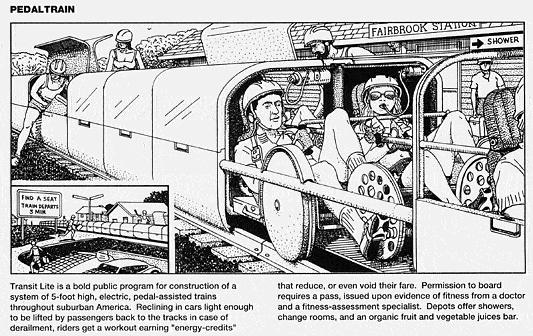Science and technical publisher Wiley InterScience has announced it will add the Encyclopedia of Computational Chemistry to Wiley InterScienceís growing selection of quality electronic Major Reference Works online. According to the announcement, ìComprising 5 volumes, and equivalent to over 3,500 print pages, the online version of the work now provides computational chemists with unmatched breadth of content together with a dynamic and flexible format, perfectly suited to their progressive discipline.î It also states the Encyclopedia contains over 300 primary articles together with a further 375 definition articles covering all aspects of the field, from ab initio computations to biological and biochemical applications, and contains contributions from more than 300 leading computational chemists. The online version provides fully searchable text, hyper-linked cross-references, and over 300 full color illustrations. Alas, access to the new online reference is NOT free. Further information is available at http://www3.interscience.wiley.com/reference.html.
And Foresight President Chris Peterson sends a reminder that the journal Nanotechnology from the Institute of Physics (IOP) publishing in the United Kingdom now has the policy of making the current issue available free online, in the Adobe Acrobat PDF format (access to back issues requires a subscription). More information about the journal and its access and publication policies can be found in an editorial from February 2002.
